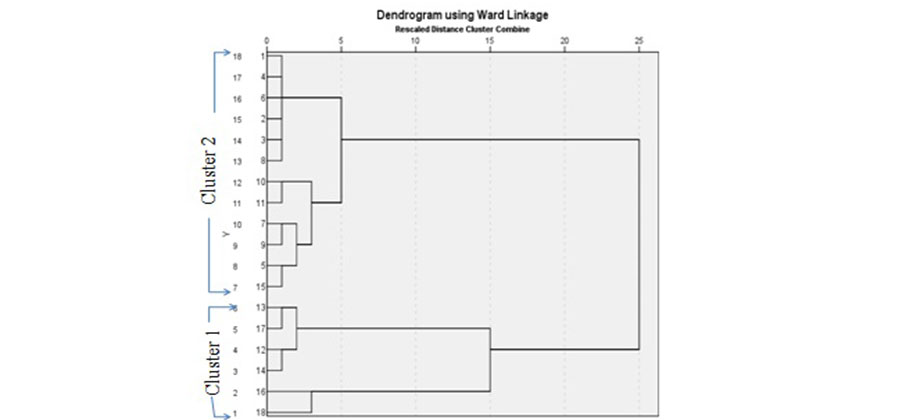


Indian Journal of Science and Technology
Year: 2020, Volume: 13, Issue: 20, Pages: 2057-2064
Original Article
Sunil Kumar1 , Rajesh Dhankhar2
1 Asst. Professor, Department of Environmental Science, Maharshi Dayanand University, Rohtak, Haryana, India
2 Department of Environmental Science, Maharshi Dayanand University, Rohtak, Haryana, India
Received Date:21 May 2020, Accepted Date:30 May 2020, Published Date:19 June 2020
Objectives: The purpose of the present study was to determine the changes in soil properties before and after flooding due to the rainy season in Bhindawas wetland. Method: A total of eighteen soil samples were collected from Bhindawas wetland, nine before and nine after flooding. Eighteen soil properties namely pH, electrical conductivity (EC), moisture content, exchangeable cations (sodium, potassium, calcium and magnesium), organic matter, total nitrogen, C/N ratio, total phosphorus and heavy metals (iron, zinc, copper, lead, nickel, chromium and cadmium) were measured. Heavy metals were determined by using atomic absorption spectrophotometer (AAS). The principal component analysis (PCA) and hierarchical cluster analysis were performed on soil properties data. Findings: Student t-test for independent variables showed that statistically significant variation occurred before and after flooding in soil properties namely, pH, moisture content, organic matter, total phosphorus, iron, zinc, lead and chromium. 85% variance in soil properties was shown by the first five PCs. The first PC explained the variation of 40.4%, which related to Zn, Fe, Mg, Ni, Cu and Pb soil parameters. Dendrogram of hierarchical cluster analysis shows the two clusters with five sub-clusters. The findings of this study strongly suggested that degradation due to water logging in the non-submerged area during the rainy season change the soil properties in the wetland. Applications : Presently, Bhindawas wetland is severely affected by various environmental problems. Results of this study will prove useful in the development of an effective management plan for the Bhindawas wetland by various agencies.
Keywords: Soil properties; Bhindawas wetland; principal component analysis; hierarchical cluster analysis
© 2020 Kumar, Dhankhar. This is an open access article distributed under the terms of the Creative Commons Attribution License, which permits unrestricted use, distribution, and reproduction in any medium, provided the original author and source are credited.
Published By Indian Society for Education and Environment (iSee)
Subscribe now for latest articles and news.